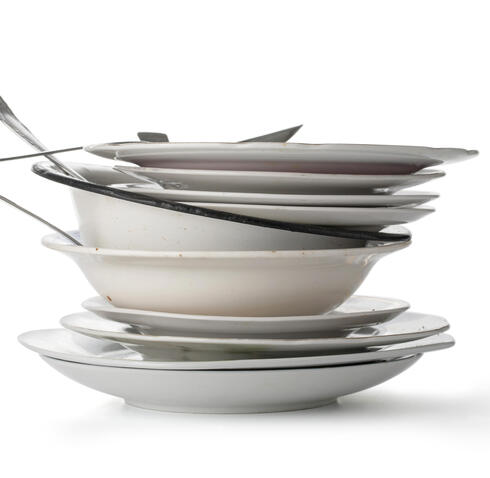Did you know?
Polystyrene ("Styrofoam") is difficult to recycle, both because recycling facilities aren't commonplace and you can't make it into new high-quality polystyrene.
Recycling 1 ton of paper saves 7,000 gallons of water, three cubic yards of landfill space and 4,100 kilowatt-hours of electricity.
Reuse containers and reduce waste. The average child's school lunch generates 67 pounds of packaging waste over a year.
Batteries can cause serious harm to human health and the environment when disposed of with municipal solid waste. Many companies and retailers will take your old batteries and properly dispose of them or have them recycled.
Did you know?
Twenty-six recycled PET plastic bottles equals a polyester suit. Five recycled PET bottles make enough fiberfill to stuff a ski jacket.
According to US EPA, about 40% of heavy metals including lead, mercury, and cadmium in landfills come from electronic equipment and discards.
The US uses 100 billion plastic bags annually, consuming about 12 million barrels of oil. Less than 1% of plastic bags are ever recycled. Reusable bags can help reduce the number of plastic bags you use.
About a third of all the food that’s produced globally is never eaten. With some planning and small steps in preparation, storage, and freezing, you can make great strides to decrease waste in your kitchen at home and save money too.
Twenty percent of what goes into landfills is food, according to the EPA. If you’ve got some small outdoor space, consider starting a compost bin, or see if there are community options nearby to drop off your inedible scraps or peelings.







